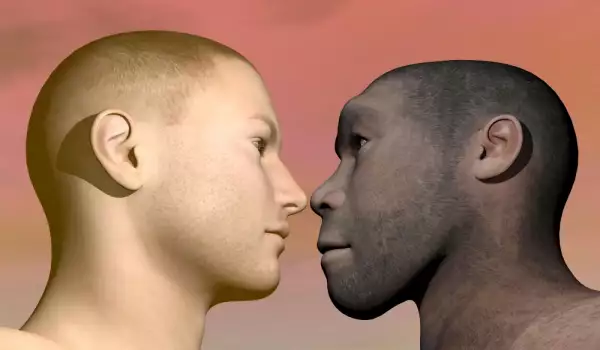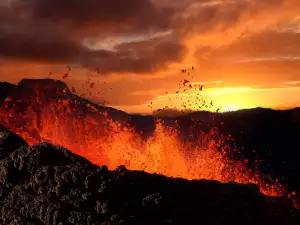Neanderthals had large, bulbous noses. Scientists have finally found the reason behind the huge size of our ancestors' olfactory organ.
A large nose with wide nostrils - that is how all our ancestors are depicted in images and reconstructions. This depiction is completely plausible. Neanderthal's nose served to better heat and moisten the cold, dry air that he inhaled.
Other morphological peculiarities in Neanderthal (aside the prominent nose) include a wide, flat face, as well as a protruding jaw. For years they have sparked debates and arguments in the scientific field.

To find an explanation for the the physical traits of our ancestors, researchers used 3D models of the skulls of Neanderthals, Homo sapiens and the supposed common ancestor of both - Homo heidelbergensis.
The international team of scientists has found evidence of separate evolution of the respiratory systems.
Based on fluid movement analysis it was concluded that Neanderthals and Homo sapiens heated and moistened the air they inhaled better than Homo heidelbergensis. This has led to the idea that Neanderthals and Homo sapiens evolved to be better adapted to cold and/or dry climates.
Additionally, Neanderthals' nostrils enabled them to breathe significantly more air in comparison to their cousins, to satisfy their higher energetic requirements due to their stockier physique and hunter lifestyle.
During winter in Europe, a Neanderthal would have needed 4480 calories daily to survive. By comparison, modern man needs about 2500 calories daily. And much fewer breaths, allowing for smaller noses.












